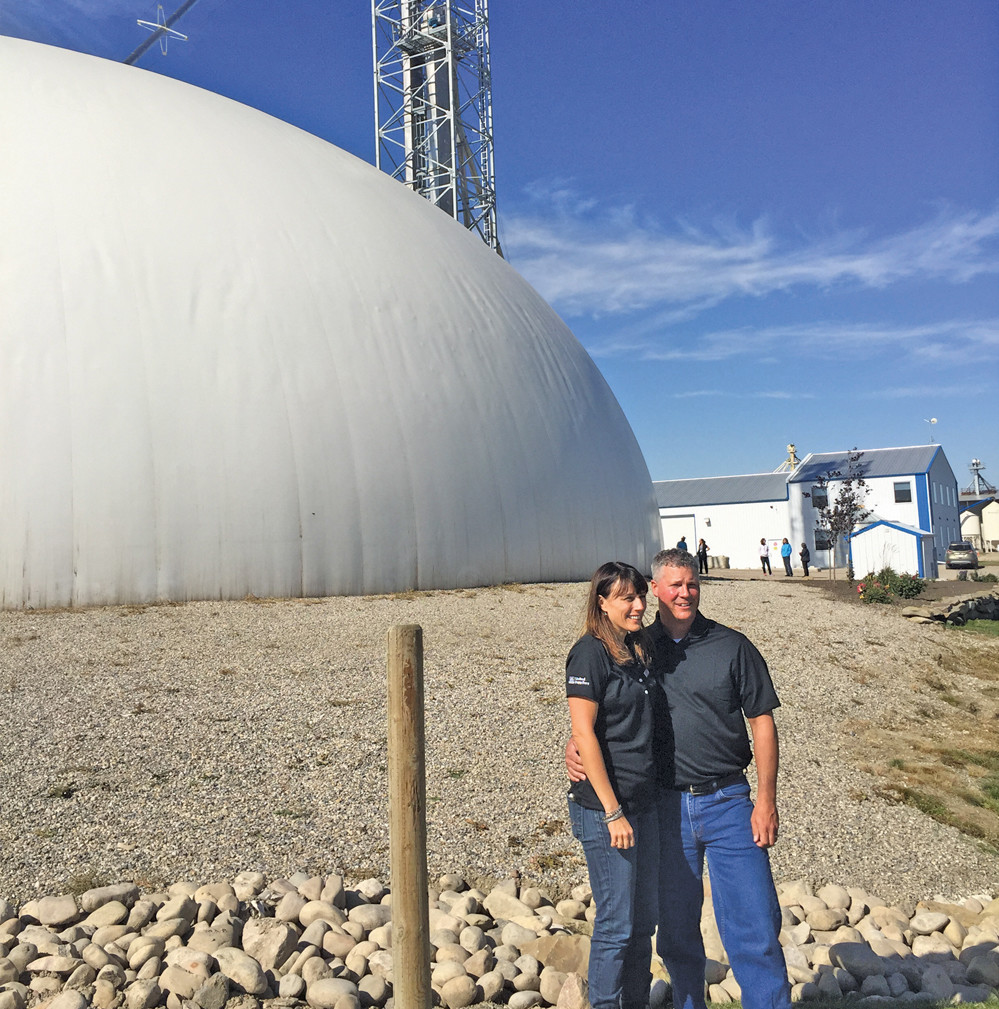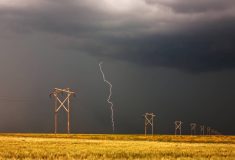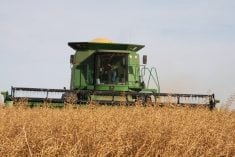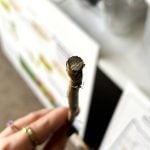A few years ago, Andy and Christina Stender were looking for a change. The couple, who both have agronomy backgrounds, were ready to leave their jobs. They went on holidays, and when they got home, a message on their answering machine would change their career paths.
Someone had called about a business opportunity. Greg Andrukow, an Alberta businessman, was looking for partners to open new ag retailers. The Stenders met with him and talked about what they thought an ag retailer should look like. They had a lot of ideas in common, so the Stenders put together some numbers, and soon they were launching Crowfoot Ag Solutions.
Read Also
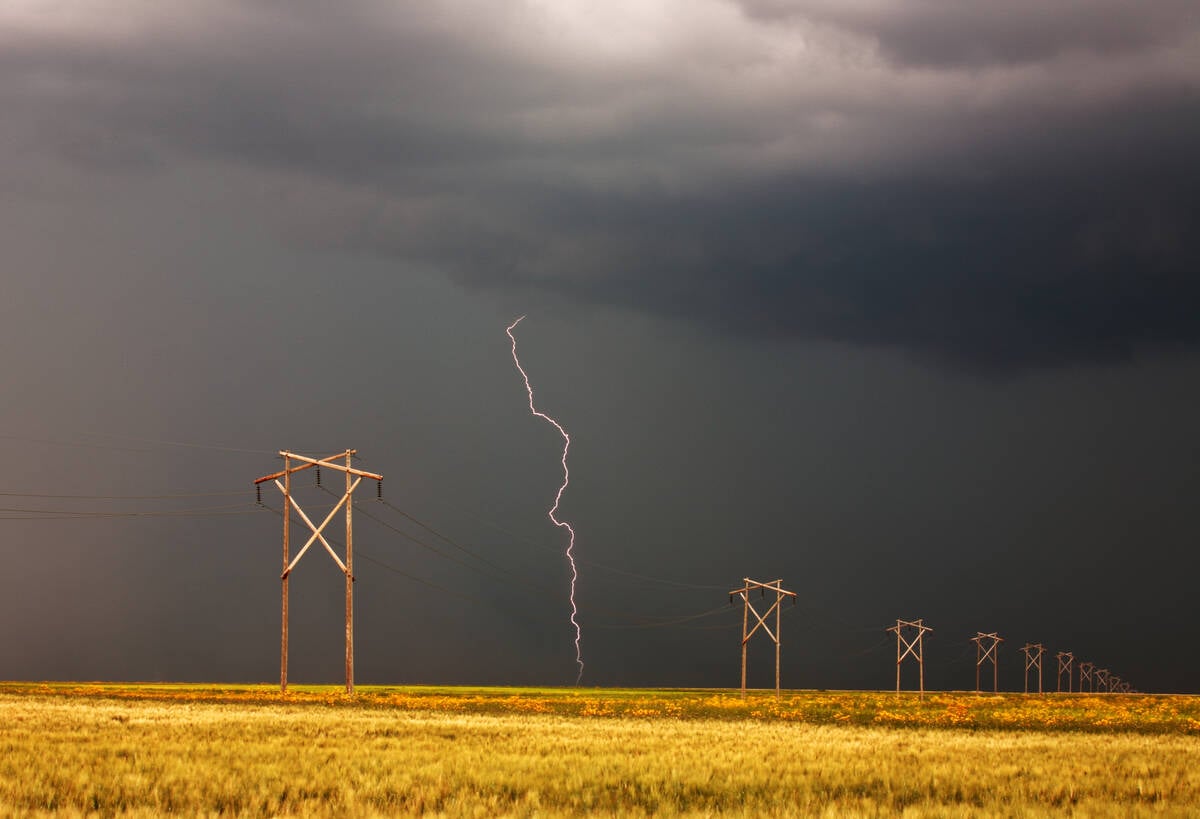
Lightning gives and takes in Prairie fields
Lightning in fields can be a source of nitrogen but at times can result in crop damage which, at a glance, resembles a very localized disease outbreak, plant pathologist Ieuan Evans writes.
Within five years, they’ve built a customer base of over 100 farmers, a state-of-the-art fertilizer facility, and a very successful business, says Andy. It’s been fun to build the business from scratch, he adds.
“We’re young but not inexperienced, is what we like to say,” says Andy.
Asked how they compete, he says their customers value service.
Crowfoot Ag has three business agronomists with knowledge and experience that can’t be matched by any other single retailer, he says. Customers are confident that they can get a “reasonable, qualified answer, and pretty much the same answer from any of the three of us who are sales agronomists.”
Crowfoot’s staff, who total eight people, focus on bumping their customers’ production and profitability, Andy says. And Christina adds that they don’t head to the farm just to sell.
“We do have the passion for it,” she says. Once the seed is in the ground, Christina is excited to see what they can do to push the production envelope, she says. And she likes a good outcome. This fall, she was in a customer’s combine, watching the yield monitor as the canola climbed past 70.
“All of a sudden it hit 81 and I screamed,” she laughs.
Both Andy and Christina work in sales and with part of the customer base. Andy also serves as general manager, handling banking and cash flow, along with ordering inputs. Christina works on the human resources and has claimed the CFO title (Chief Fun Officer).
Their passion for agriculture and love of fun is on display in Crowfoot’s office building. A grain bin serves as a façade at the entrance. Encased canola seed forms a countertop. The meeting room has a popcorn machine, which they served during a media tour this fall.
But it’s the concrete dome in the yard that’s most striking. It’s the first of its kind in North America – a structure that contains both fertilizer storage and blending capabilities. “It is a custom design. There isn’t another one like it,” says Andy.
The dome provides a sizable storage facility on a small footprint, Andy says. It also provides extremely safe storage against the elements. The concrete dome requires very little structural maintenance, compared to a wooden building or bin system, he adds.
Barriers remain to on-farm data collection
Crowfoot Ag does everything from soil sampling to post-harvest meetings to analyze the crop year. That gives them a chance to see what’s happening on the farm. Andy says it’s exciting to see how much technology is available to farmers today. For example, “good old-fashioned GPS” capabilities have really picked up in the last few years with autosteer, variable rate functions, and sectional control on the drill, he explains.
But barriers remain. For one, yield data collection isn’t being used as much as it could, Andy says. Sometimes it’s a question of the data itself. If the combines weren’t all calibrated the same, a farmer will get different results within the same field, Andy explains. But there are algorithms that can adjust for those differences, he adds.
It’s not just a matter of getting good information, though. It’s a question of what to do with it. For example, if yield data shows good and poor-yielding areas in the field, farmers have to decide whether to spend money on soil analytics.
“And I think that’s where the real disconnect is currently sitting,” says Andy. Will the time, effort and money translate into an economic return, he asks.
“I’m not sure anybody’s quite got the answer to that yet.”


